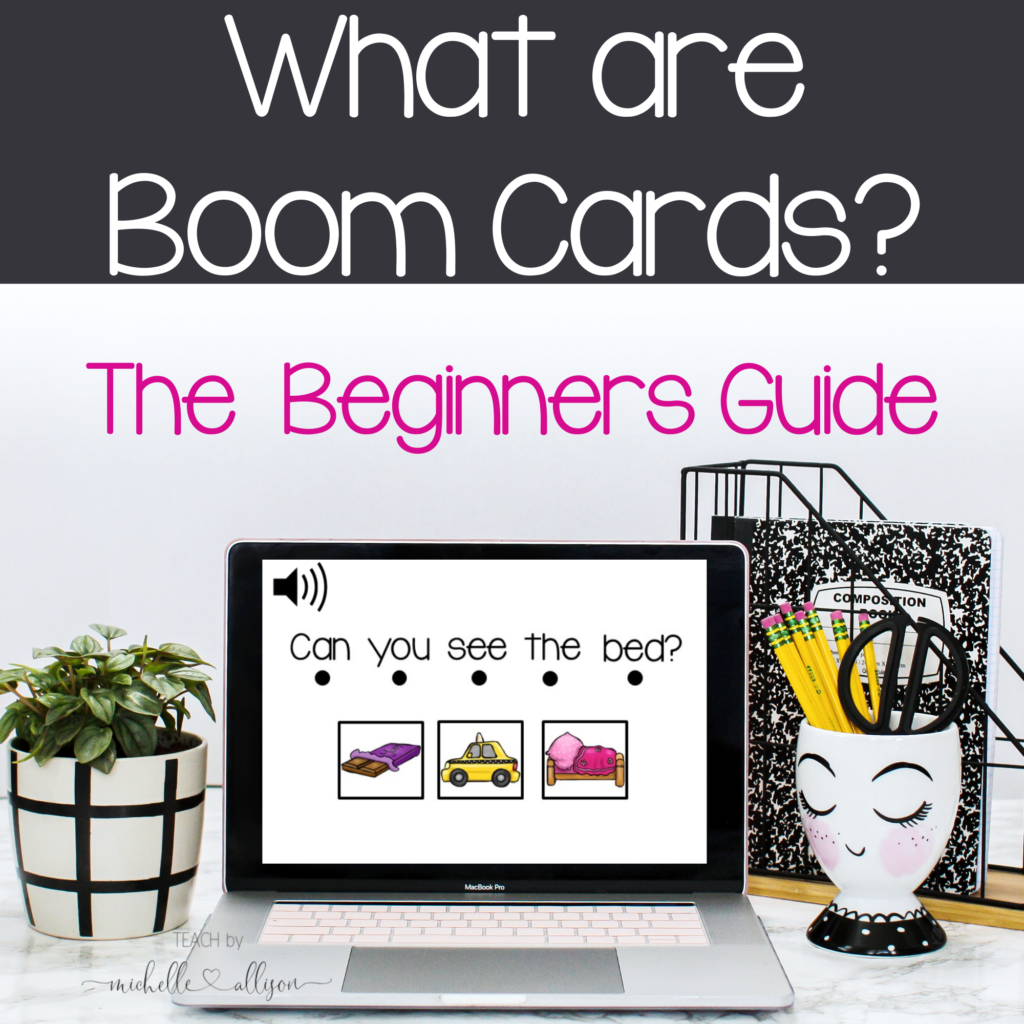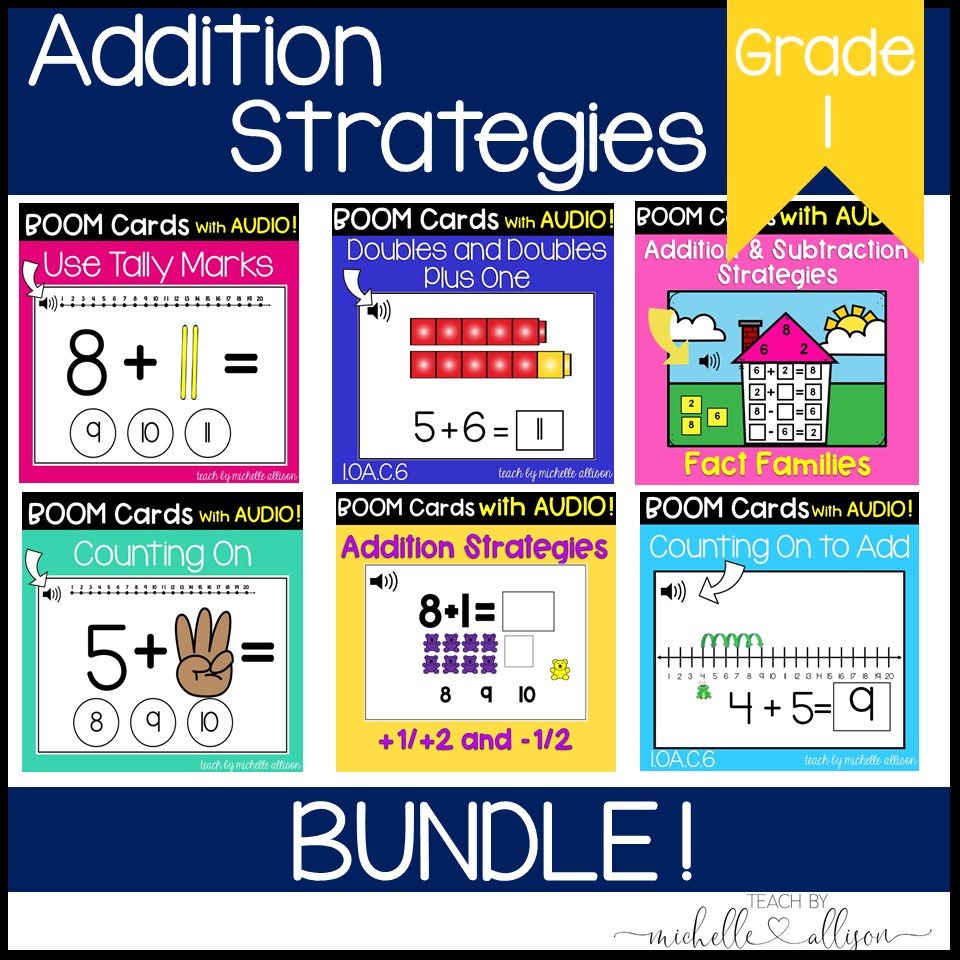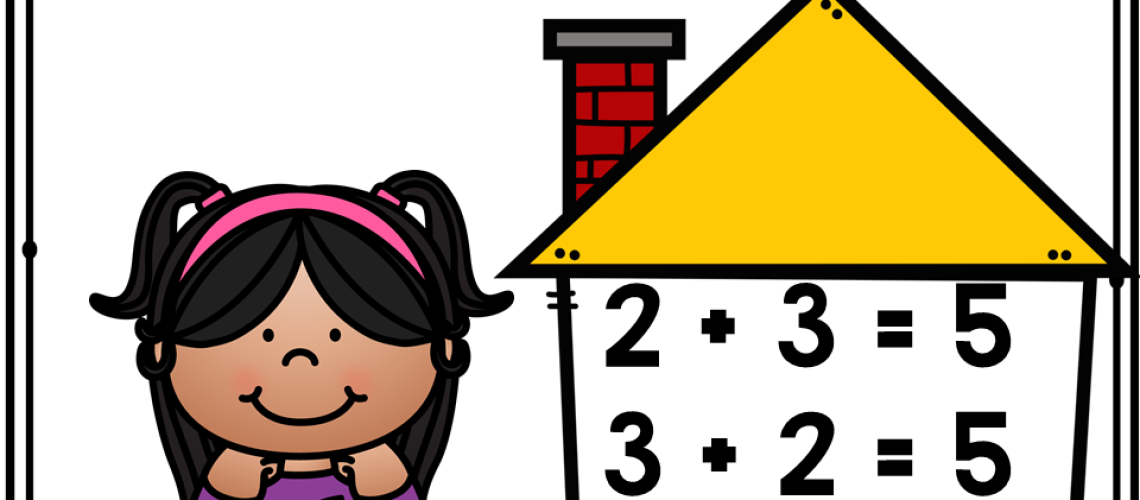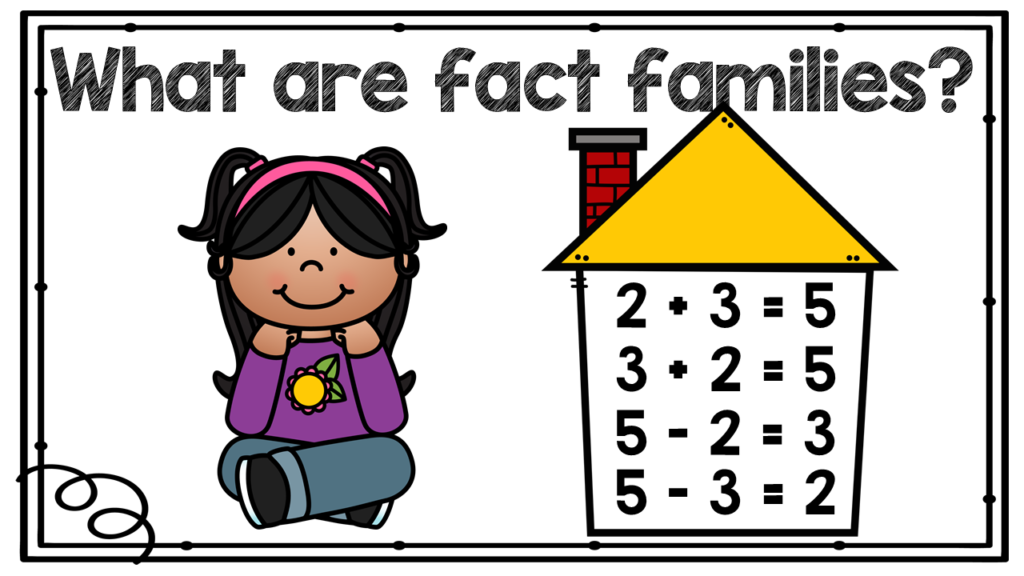
You know how important it is for our students to really “get” the basics in math, right? Fact families are one of those foundational concepts that can make a world of difference, especially when our kiddos are just starting to explore addition and subtraction. Fact families, or related fact sets, aren’t just another thing to check off the list—they’re a game-changer in helping students connect the dots between numbers and operations. Getting a solid grip on fact families lays the groundwork for smoother sailing in math down the road.
What are Fact Families?
So, what exactly are fact families? Picture this: you’ve got a group of three numbers, like 3, 4, and 7, that are all connected. These numbers can be mixed and matched in addition and subtraction equations, creating what we call a fact family. Here’s how it looks:
- Addition Facts: 3 + 4 = 7 and 4 + 3 = 7
- Subtraction Facts: 7 – 3 = 4 and 7 – 4 = 3
Seeing how these equations are related helps students understand that numbers can work together in different ways to solve problems. This concept is crucial for developing number sense and getting our students more comfortable with math in general.
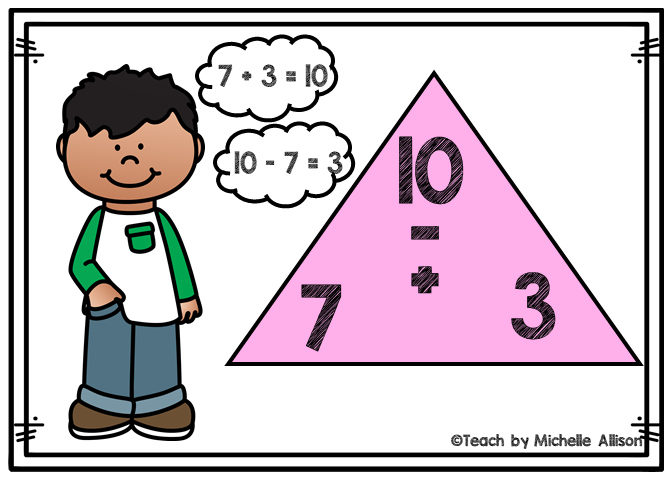
Look at how these number sentences are related:
- 3 + 7 = 10
- 7 + 3 = 10
- 10 – 7 = 3
- 10 – 3 = 7
Why Are Fact Families Important?
Fact families are a big deal because they introduce students to inverse operations—one of those must-know ideas in math. When students see how addition and subtraction are two sides of the same coin, it opens the door to understanding more complex math concepts later on, like multiplication and division. Plus, it helps them get faster and more accurate with their calculations because they start to recognize patterns and apply what they already know to new problems.
Strengthening Number Relationships
Fact families do more than just teach a skill—they help our students really see how numbers relate to each other. When kids figure out that 5 + 2 = 7 and 7 – 2 = 5, they’re not just learning facts; they’re understanding that subtraction is like rewinding addition. This insight makes it easier for them to solve problems and builds their confidence in math.
Laying the Groundwork for Future Learning
We all know how important it is to build on a strong foundation, right? Once students have a handle on fact families for addition and subtraction, they’re in great shape to tackle multiplication and division fact families later on. This progression makes sure they’re building their math knowledge step by step, reducing confusion and helping them feel more confident as they move on to trickier concepts.
An engaging way to teach related facts is to explain that each number sentence is a member of a family that lives together in a house. Sometimes it’s easier to “see” the relationships with a fact family house. Children begin to comprehend that 7 + 3 = 10 AND that 3 + 7 = 10. Take a look at this visual of a fact family on a house.
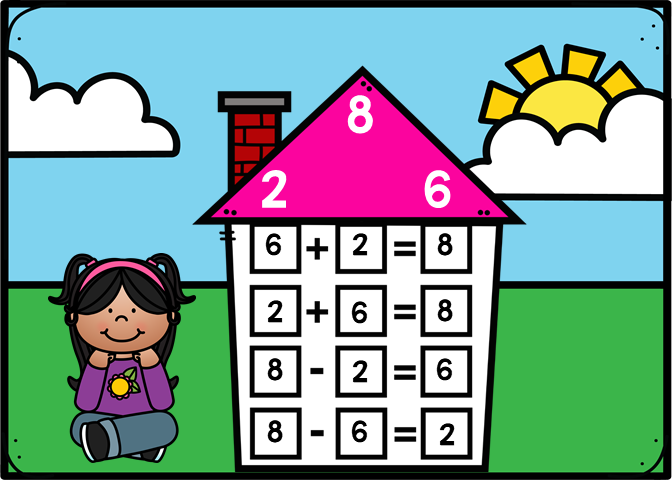
Strategies for Teaching Fact Families
When it comes to teaching fact families, we’ve got to mix it up to make sure every student gets it. Here are some strategies that have worked wonders in my classroom:
Practice and Repetition: We all know practice makes perfect. Give students plenty of chances to work on fact families with worksheets, quizzes, or quick drills. The more they practice, the more natural these connections will feel.
Visual Aids: Using visual aids like fact family triangles or charts can make all the difference. These tools help students see the connections between numbers in a clear, organized way. For example, a fact family triangle with numbers 2, 3, and 5 shows all the addition and subtraction facts that come from those numbers. It’s a great way to reinforce the concept visually.
Interactive Activities: Kids love getting hands-on, and interactive activities are perfect for this. Let your students create their own fact families or use games to practice. Flashcards, matching games, or even a quick round of fact family bingo can make learning fun and memorable.
Real-Life Examples: I’ve found that using real-life examples can make these concepts stick. Show how fact families work in everyday situations. For instance, if you’ve got 8 apples and give 3 away, you can use a fact family to figure out how many are left (8 – 3 = 5). Or if you start with 5 apples and get 3 more, you use addition to see how many you have now (5 + 3 = 8). It makes the math feel more real and relatable for the kids.
Using Math Boom Cards
Grab this deck of Boom Cards to help students develop an understanding of related facts! Grab it by clicking here. This activity is part of the bundle: Addition Strategies | Boom Cards | Math Boom Cards. Kids will have a blast reinforcing these basic skills. Watch their confidence grow as they begin to master math facts.
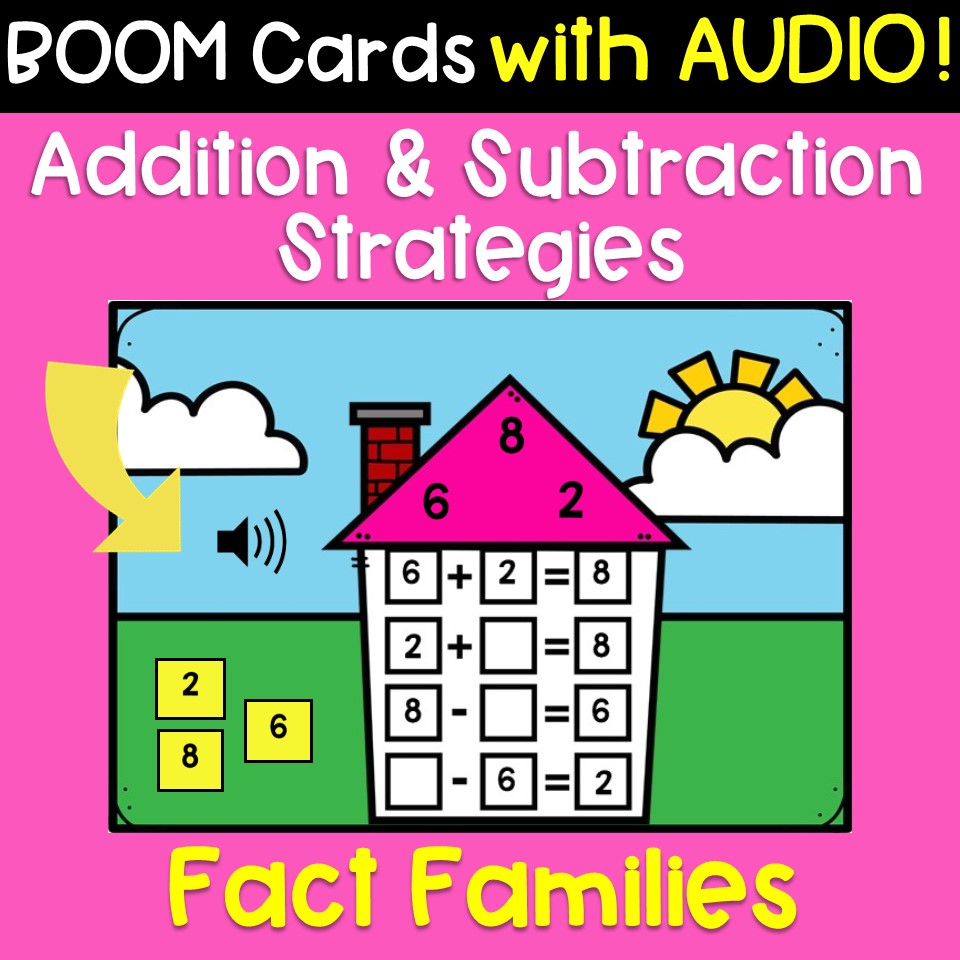
Fact families might seem simple, but they’re a powerhouse when it comes to building math skills in our students. By using visual aids, interactive activities, real-life examples, and plenty of practice, we can help our students truly understand how numbers work together. This understanding sets them up for success, not just in math class today, but in all their future math adventures. And as they get more comfortable with fact families, they’ll be tackling new challenges with confidence—and isn’t that what we all want for our students?
Wrapping It Up
This simple addition strategy is an easy and fun unit in your classroom. Using tangible objects to study abstract concepts will keep them engaged and help strengthen comprehension. Add in some Boom Cards to practice, and you are sure to see automaticity with fact fluency, an increase in student confidence, and many smiles to go with it!
Until next,

Learn more about Boom Cards here!
